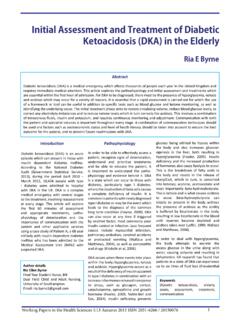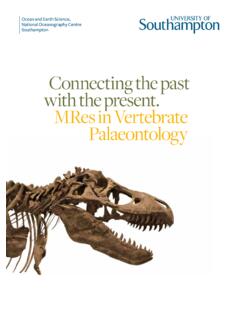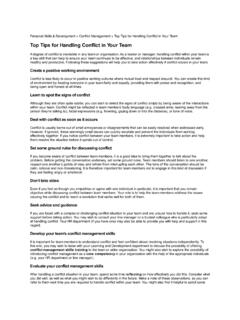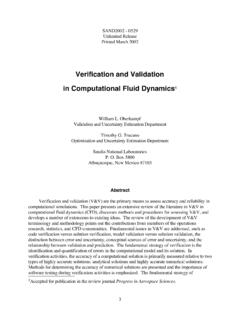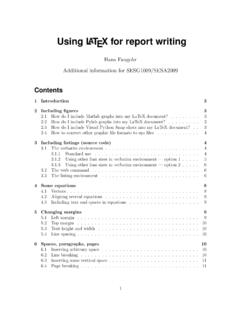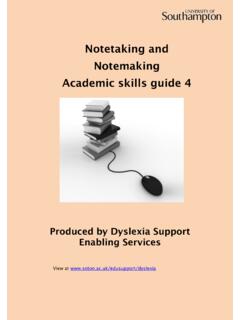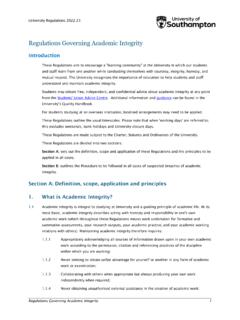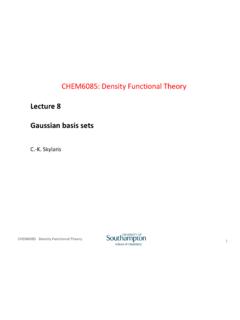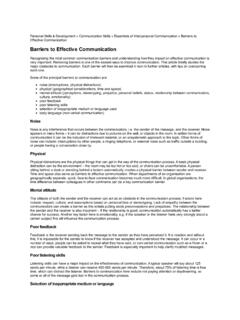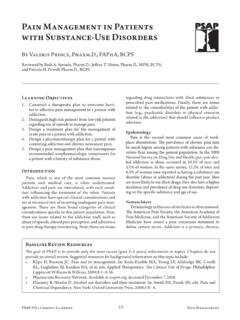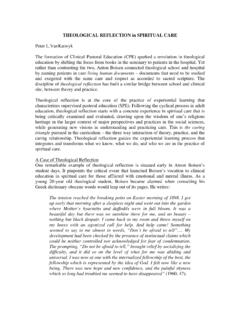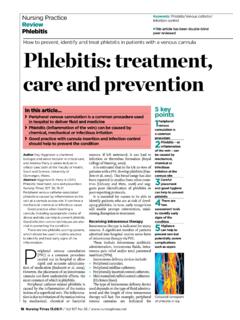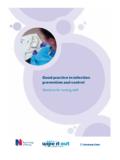Transcription of Evaluating the Malnutrion Universal Screening Tool as a ...
1 1 Working Papers in the Health Sciences 1:12 Summer 2015 ISSN 2051-6266 / 20150073 Introduction The nursing process has four components, assessment , Planning, Implementation and Evaluation. Aggleton and Chalmers (2000) describe it as a tool that has four stages. In the assessment stage both nurse and patient work together to establish the needs and desires of the patient. In the planning stage steps are identified to meet the needs. These steps then require implementation in the third stage and then finally evaluation, where the planning and implementation is reviewed and assessed.
2 In the paper I am going to focus on the assessment and Planning elements of the Nursing Process. This will allow exploration of how, and why, assessment is vital to providing high quality and personalised nursing care and the implications of this in planning care to meet an essential care definition of a need is a necessity or urgent requirement (OED, 2014). To identify a need of a patient it is important to identify what they are in urgent requirement of. Maslow, in the Hierarchy of Needs Model (1943) identifies human needs through five stages that are required to achieve self-actualisation or Author detailsLouise RobertsonStudent Nurse, Post Graduate Diploma Adult NursingUniversity of physiological, safety, love/belonging, esteem then self actualis-ation.
3 He presents these stages in a pyramid with Physiological fulfilment being the base and foundation to further fulfilment. Nourishment from food is an element of physiological need that must be met. Roper et al (2000) identifies eating and drinking as an Activity of Daily Living; one of twelve Activities that are deemed essential to daily life and in providing holistic nursing care. Both models state that it is not enough for just one aspect such as nutrition to be fulfilled but the importance of this element has led to the focus of this paper.
4 Hundreds of years prior to both Maslow and Roper health and nutrition have always had a strong link. Hippocrates emphasised the importance of a balanced diet when he moved away from divine notions of health, let food be thy medicine; and let thy medicine be food (Ustun and Jakob,2005)MethodologyThroughout Mr Allen s stay as an inpatient his MUST score remained at the Medium risk level. This meant that his AbstractThis paper is an evaluation of a rehabilitation inpatient ward s nutiritional assessment using the Malnutrition Universal Screening tool (MUST ) (BAPEN 2003), and a critical appraisal of the evidence relating to meeting nutritional needs of an individual patient.
5 Whilst acknowledging that the use of the MUST forms part of the initial and continuing assessment carried out by the ward during a patient s stay, this paper will focus on the nursing assessment using the MUST. This paper will begin by addressing the nursing process and the nature of holistic nursing. It will then look at the MUST in terms of a tool to be used in these contexts of health and healthcare. Then, go on to appraise the evidence related to the MUST, nutrition and the holistic care approach. The paper will end by discussing the use of the MUST in terms of holistic care provided to Mr Allen and the future direction of the tool .
6 Evaluating the Malnutrion Universal Screening tool as a holistic client assessment and Critically appraising the evidence relating to meeting the essential nutritional needs of a patientLouise RobertsonCase StudyMr Allen was a 59 year old patient who presented on a rehabilitation ward at a community hospital in the South West of England. The 6 months leading up to his admittance into hospital had been very difficult for him. He had lost his wife to breast cancer 6 months previ-ous and had no other family. Following this he had sold the home they had lived together in and bought a canal boat where he intended to live.
7 A few weeks after Mr Allen had moved onto his canal boat he found that he was ex-periencing unbearable pain in his right thigh. Mr Allen s GP sent him for an x-ray where they found a fracture in his right femur. Only upon having surgery to pin the fracture was it discovered that Mr Allen in fact had osteosarcoma in his right femur. Mr Allen stayed on the ward throughout his chemother-apy treatment and while he recovered from surgery. Upon admittance onto the ward Mr Allen was assessed using the Malnutrition Universal Screening tool (MUST) (BAPEN, 2003) and then each week proceeding this.
8 The MUST was used in this way for every patient admitted to the ward. Mr Allen s cir-cumstances surrounding his admission and his diagnosis cancer resulted in him being an excellent candidate for this Papers in the Health Sciences 1:12 Summer 2015 ISSN 2051-6266 / 20150073care planning involved a constant level of observation of his nutritional intake through daily food and fluid charts, and weekly reassessment using the MUST. Malnutrition is a common problem amongst cancer patients, affecting up to 85% of patients and is characterised by loss of lean body mass, muscle wasting, and impaired immune, physical and mental function (Argiles, 2005).
9 This weight loss is not associated solely with lack of intake of nutrition as it can also be caused by a variety of mechanisms involving the tumour, the patient s biological response to the tumour, and the undergoing of anticancer therapies (Meyenfeldt, 2005). Mr Allen was receiving chemotherapy treatment once a week which he left the ward for and attended the local General Hospital. This was complimented by a regime of drugs to be taken between therapies and involved frequent blood tests for monitoring. These elements were not directly assessed by the MUST but rather used to evidence it s review of the literatureThe Malnutrition Universal Screening tool (MUST) (BAPEN, 2003) aims to assess and contribute to implementing a plan based on a patient s nutritional need.
10 The World Health Organisation (WHO) defines health as a complete state of wellbeing, not merely the absence of disease (WHO, 1948). Another definition comes from Bircher who defines health as a dynamic state of well-being which satisfies the demands of the individu-al s life (Bircher, 2005). Both of these definitions look beyond a sole physical condition that is impacting ones health. Ustun and Jakob argue that The WHO s definition of health is unacceptable, including the word complete in the definition makes it highly unlikely that anyone would be healthy for a reasonable period of time (Ustun and Jakob, 2005).
